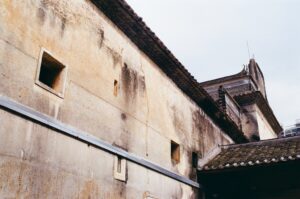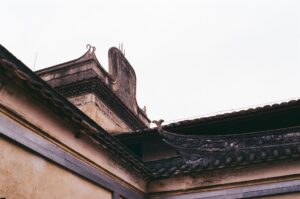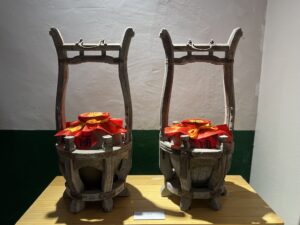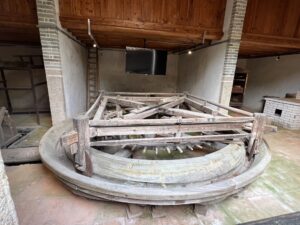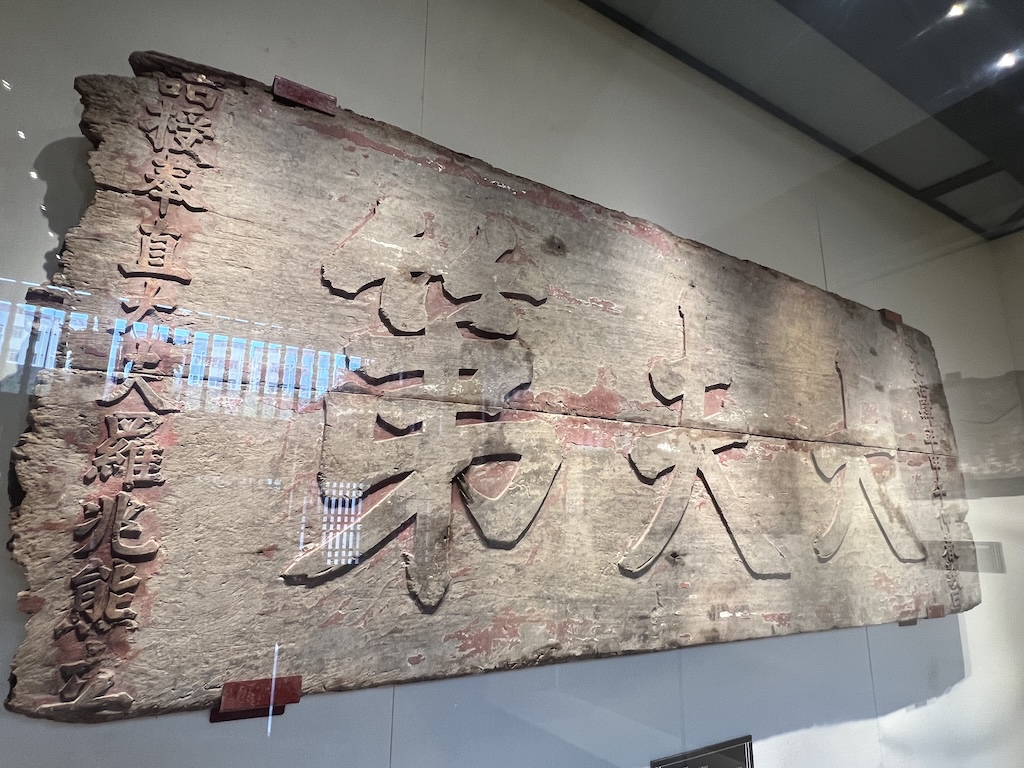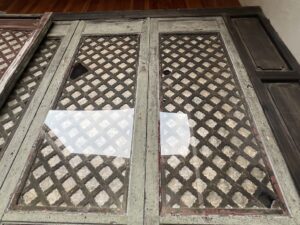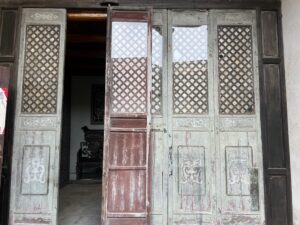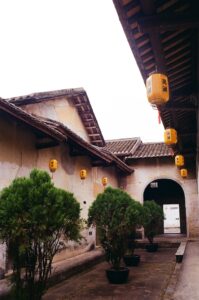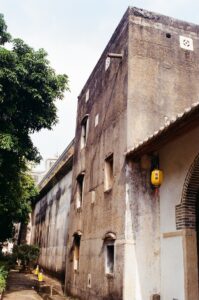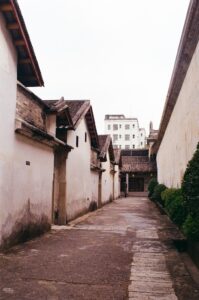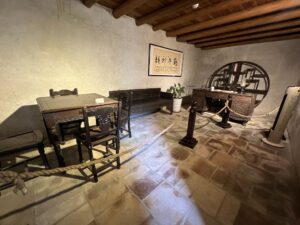Shenzhen Shorts – All Things Hakka at Hehu Xinju Walled Village
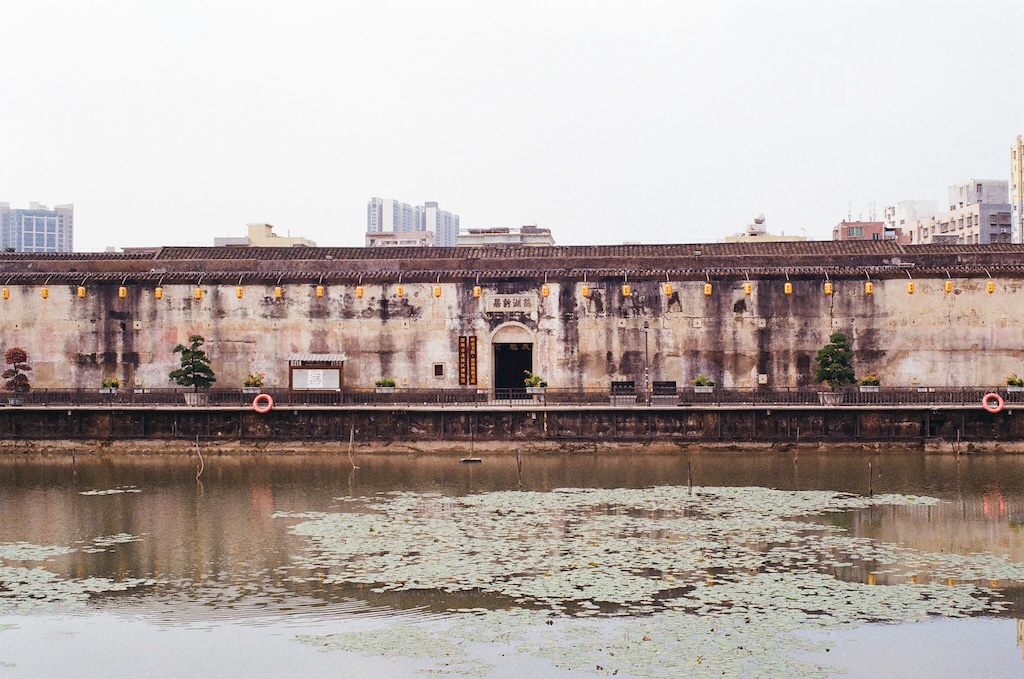
The Hehu Xinju is in so many ways representative of Hakka culture in both Shenzhen and in China. In this tour of the enormous Hakka residential complex, I learned about the significance of the Luo family, who established its prominence in Shenzhen since the Qianlong era of the Qing dynasty.
The address of Hehu Xinju is No.1, Luoruihe North Street, Longgang District, Shenzhen.
Before the formal establishment of Shenzhen as a district in 1979, about 60% of the population in residence in Bao’an County were of Hakka origin. As such, there are hundreds of Hakka old villages in Shenzhen alone. Most of them came to Shenzhen during the Qing dynasty, or even from an older time. Both the Gankeng Ancient Hakka Townlet and the Dapeng Fortress were Hakka settlement areas, and I have told their stories.
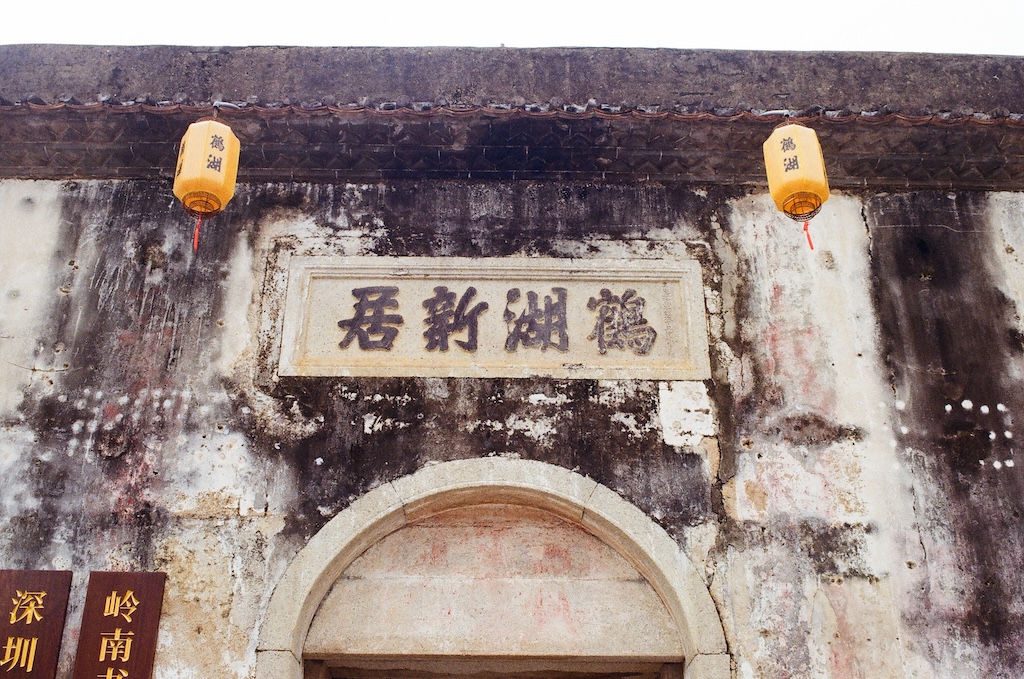
The General Layout of the Hehu Xinju Hakka Walled Village
The Hehu Xinju, however, is quite distinct from the other two, in the fact that it is a walled village. The walled village is a feature for Hakka architecture. It serves, first and foremost, defensive purposes. It also prescribes an approximate square or rectangular layout for the village’s residential life.
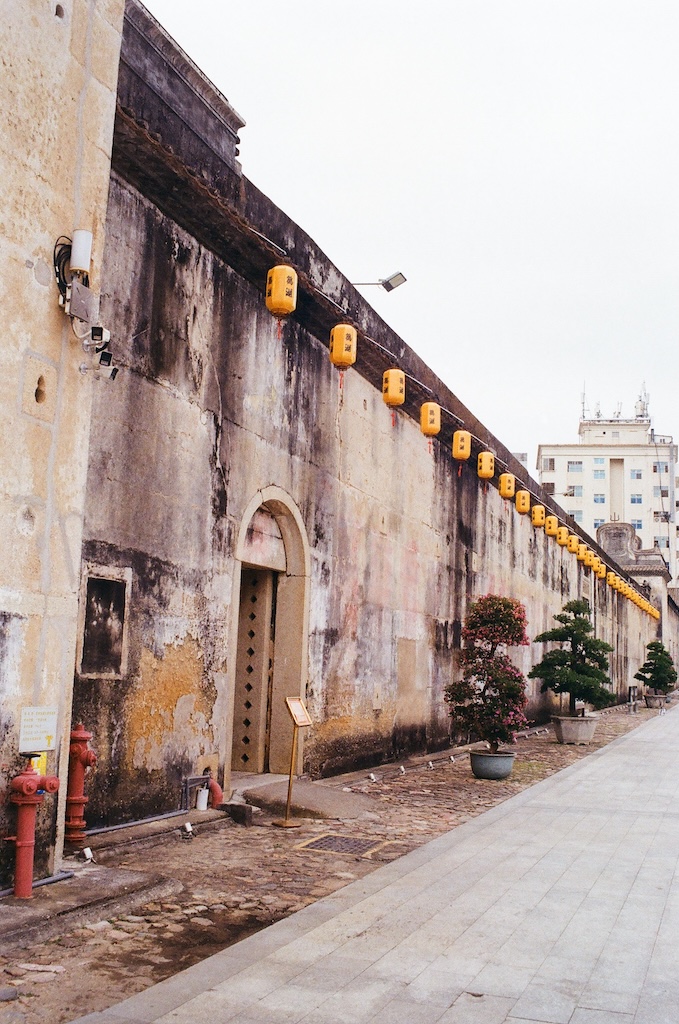
Hehu Xinju, meaning “crane lake villa,” is one of the best preserved Hakka “wai” (walled) villages in Shenzhen. Of the Luo clan of Hakka people, the walled village consists of two wall enclosures. There lie three main courts in the main axis separated by courtyards, and two rows of houses on the side. The ancestral hall lies at the very center of the whole village.
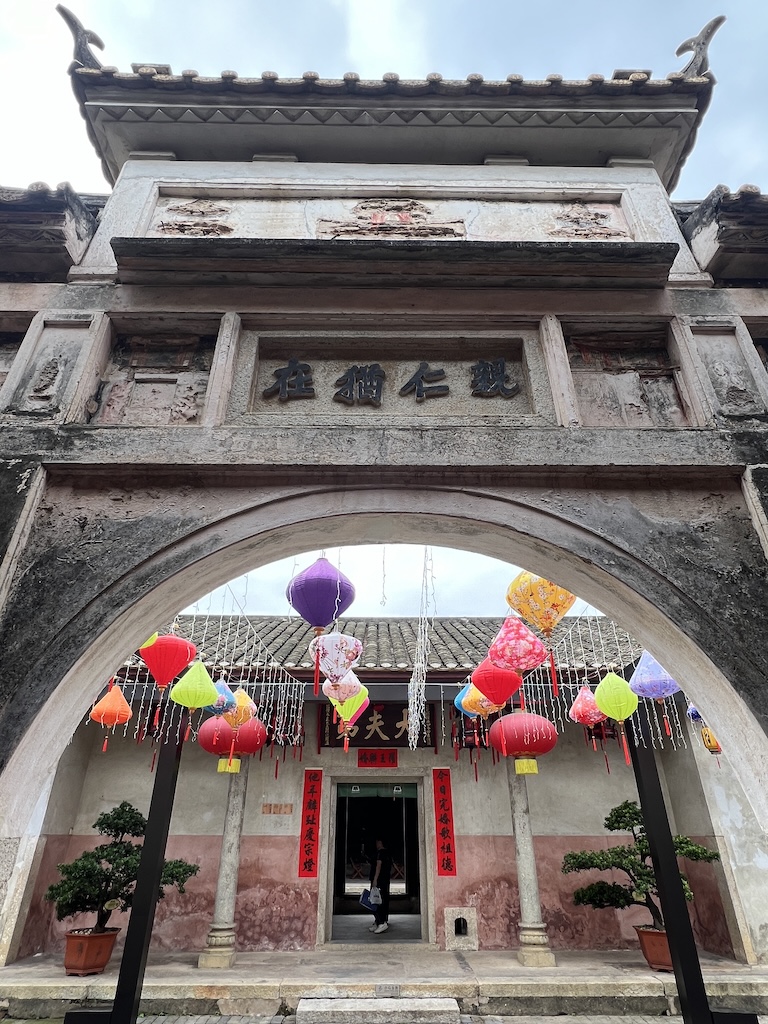
In terms of defensive structures, both walls feature multistory diaolou’s and watchtowers. While the inner wall is a square, the outer wall is shaped like a trapezoid. The walled village exhibits a well-planned layout that typifies a few ancient architectural styles, primarily the fudi (mansion) style of China’s central plains. It is no surprise that it took decades for the Luo villagers to complete the construction of this residential complex.
As one of the most significant Hakka walled villages in China, Hehu Xinju spans a large area of 25,000 square meters. There are more than 300 chambers in the village. Construction for Hehu Xinju began during the Qianlong reign of the Qing dynasty (1736-1795), and it was completed during the 22nd year of the Jiaqing reign (1817), apparently the joint effort of three generations for five decades.
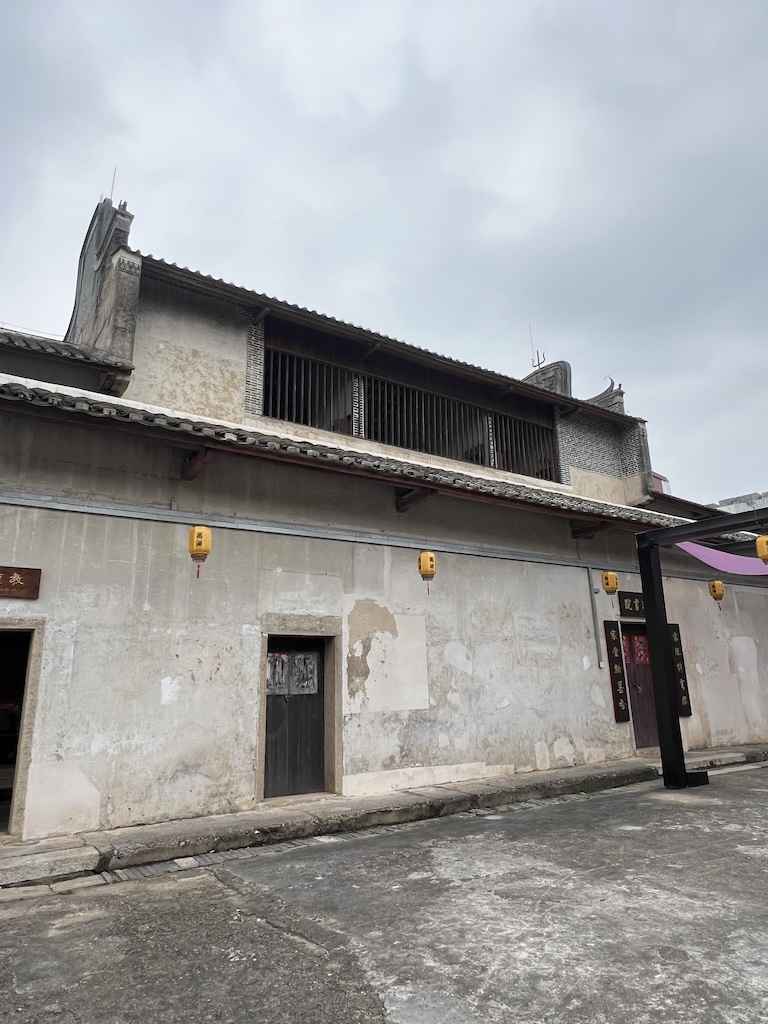
The History of the Luo Clan of Hakka Origin
The Luo’s was a prominent lineage in China’s history, tracing back to the Luo State of the pre-Qin dynasty period. The Luo’s of Hehu Xinju are the direct descendants of the Luo’s from Dongmen, Xingning in northeastern Guangdong. The founder of Hehu Xinju is Luo Ruifeng. He is the 16th generation of the Luo’s ancestors.
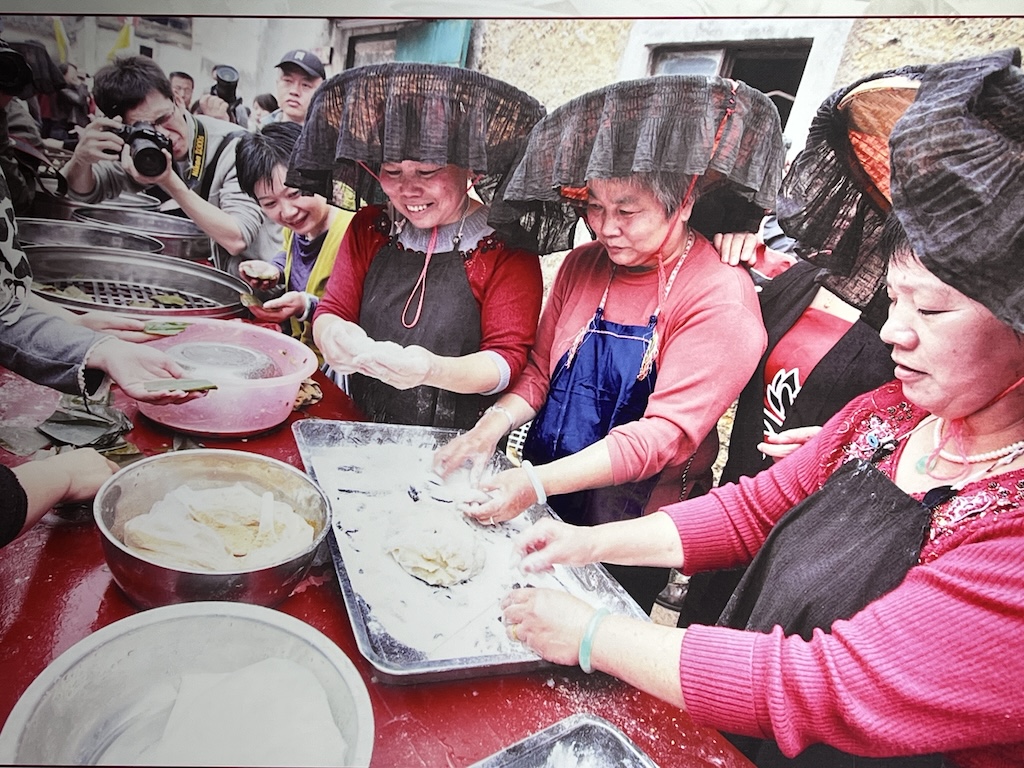
The migration of the Hakka people into now Shenzhen peaked during the Qianlong and Jiaqing reigns of the Qing dynasty. Luo Ruifeng came to Longgang District during that time as well, in the 23rd year of the Qianlong reign (1758).
Luo Reuifeng was known for his keen foresights, diligence, frugality and business acumen. At first, he engaged in farming and commerce. He slowly grew his business as a small vendor to the firm of Ruihe Trading Firm. At its peak, the Ruihe Trading Firm had hundreds of stores.
The Luo’s became very prominent in Shenzhen during the Qing dynasty. But even as early as the late Qing dynasty, during the Guangxu period, a number of the Luo’s went abroad to capture the rising wave of migrant opportunities. Some of them ended up in Southeast Asia, and some went as far as the Americas. Out of the estimated 8,600 descendants of Luo’s, about 5,600 remain in China, and the rest are living in Vietnam, Malaysia, Indonesia, Singapore, the United States, Jamaica, Canada, the United Kingdom, France, the Netherlands, Suriname, Tahiti and New Zeeland.
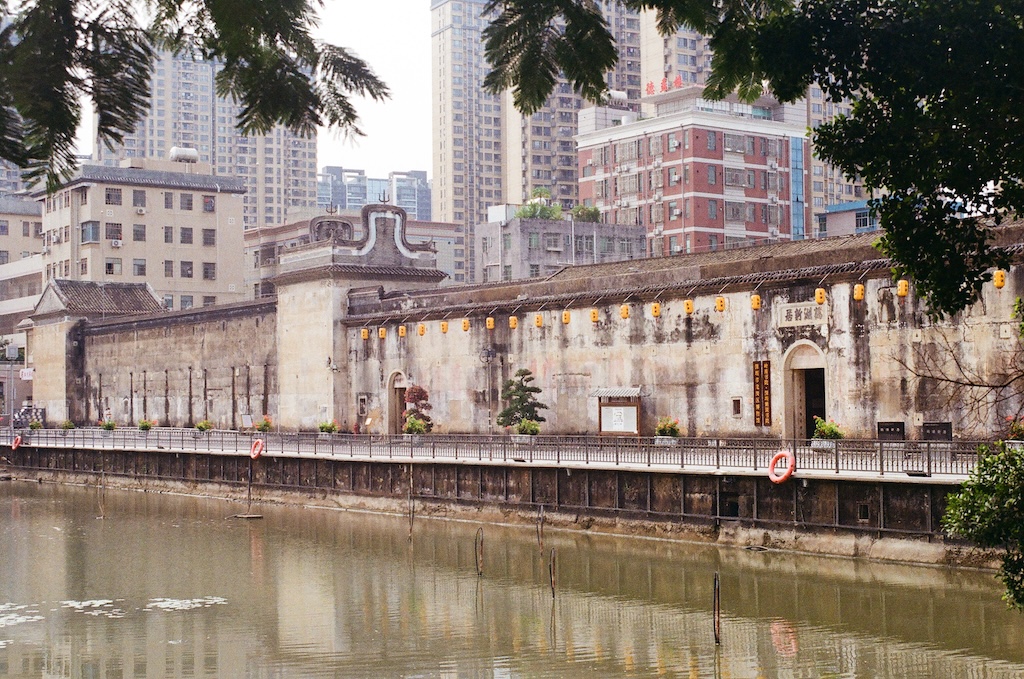
Finally, amongst all these descendants there were famous persons. The Luo’s proud lineage has continued into the modern times. A descendant Luo Qiuhang, who was an avid supporter of the 1911 Revolution that overthrew the Qing dynasty, had lived in Hehu Xinju. During the 1930s and 1940s, he led the effort to establish a logistics company, helping Longgang’s economic development. His former residence is also featured at Hehu Xinju (more below).
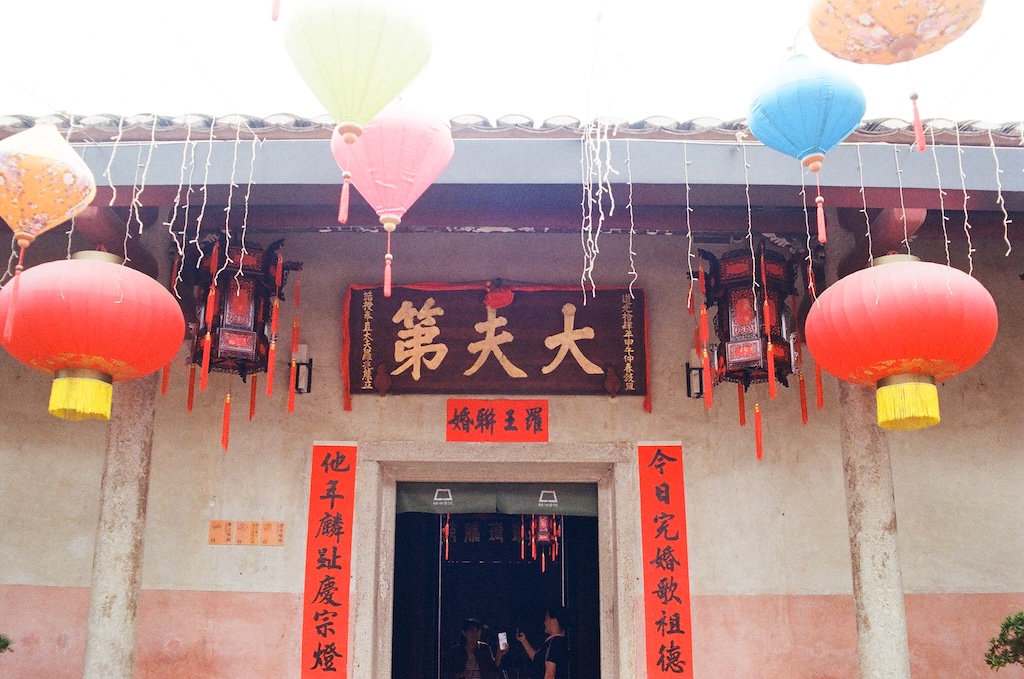
Some Prominent Features of Hehu Xinju
Allow for about two hours to walk through Hehu Xinju Walled Village.
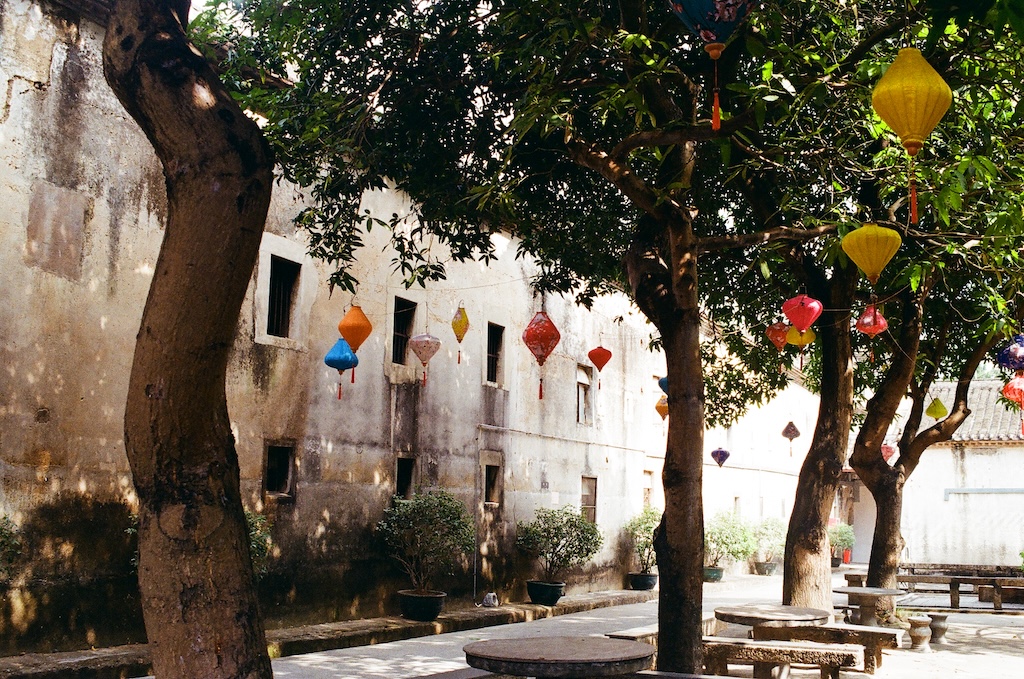
Today, all of Hehu Xinju is turned into a museum that showcases both the history of the Luo’s, the walled village architecture and Hakka culture, as well as the latest creations of contemporary artists. Perhaps because of the international character of the Luo family descendants, all the key exhibits on site come in Chinese and English. That makes touring very easy for international visitors.
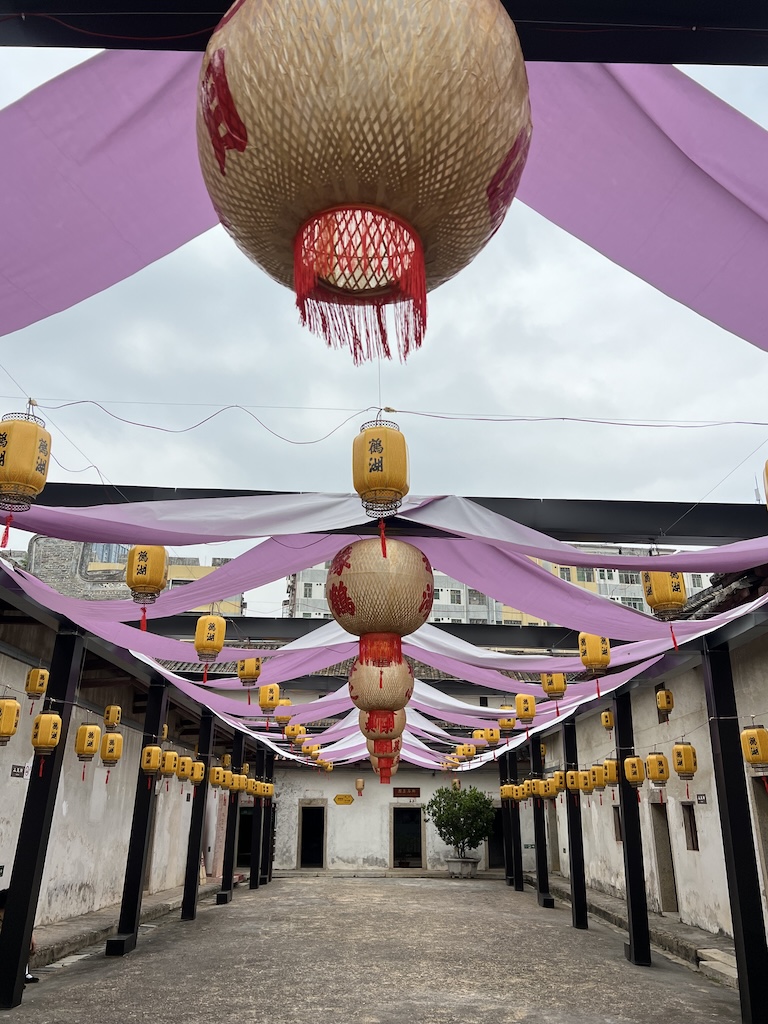
I think a walk through the whole area is worthwhile. The ambience is serene, the structures are well-preserved and the exhibits are mostly engaging. I will point out some of the more prominent features to watch out for in this tour.
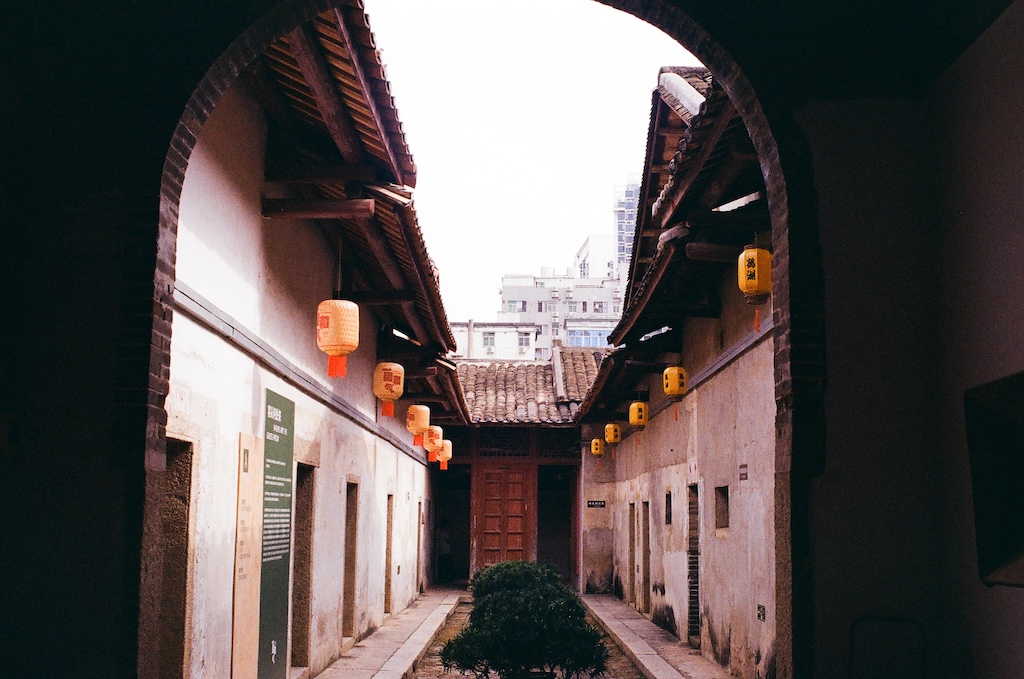
The Half-Moon Lake
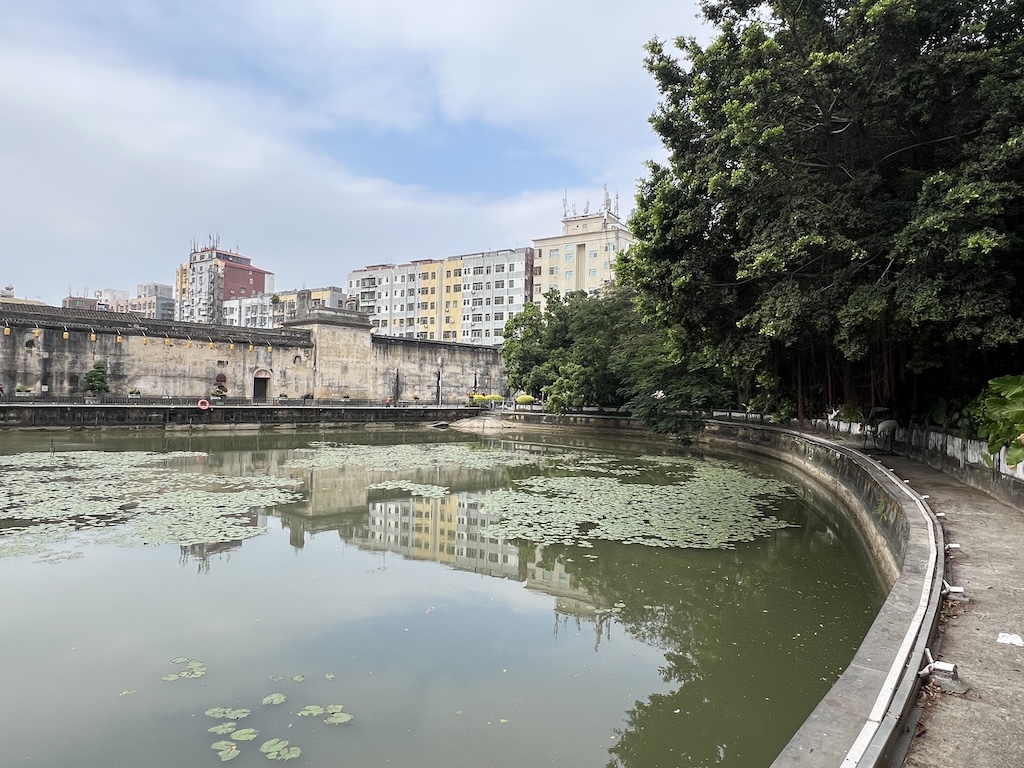
Upon arrival, you will see a beautiful halfmoon lake right outside of the main entrance into Hehu Xinju. Traditionally, it is considered an exceedingly good fengshui for Chinese structures to “sit against the mountain, facing water.” The half-moon lake serves this purpose.
The Yiyan School
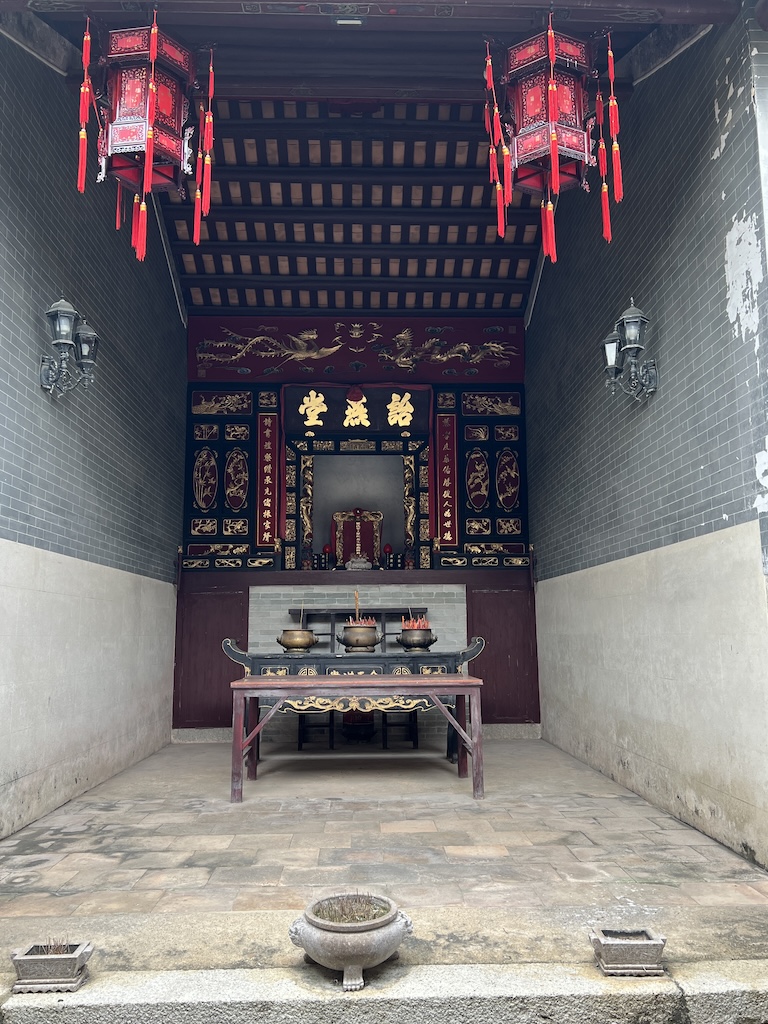
The inner “ring” enclosed by the inner wall was the first section that was built, then the villagers slowly added the surrounding structures that were enclosed by the outer wall. At the watchtower of the inner enclosure, the village established the private school for its children. Named Yiyan School, it has the meaning of “the elders provide for their descendants, much like the swallow protects is young with its wings.” Beginning in the third generation of the Luo’s in Longgang, Shenzhen, some of the descendants became very achieved in scholarship and served as government officials.
The Daifu Residence Wooden Plaque
And the Daifu Residence plaque of the Qing dynasty is the perfect witness to the Luo’s emphasis on erudition. “Daifu” was a title for scholars that served as civilian government officials during the imperial times of China. The daifu that earned this plaque was Luo Zhaoxiong, third-generation grandson of the Luo family. He was the Minister of Confucian Education of Guangzhou. The plaque was bestowed upon him in the 14th year of the Daogguang reign (1834) in recognition of his efforts on disaster relief after a flood.
The Qing-era Sea Mirror Windows
Glass was used Chinese architecture only during the mid-Qing dynasty. Before then, thin paper or woven yarn were used as the medium of light transmissions in windows. In a room in Hehu Xinju, people discovered a set of rare Qing-era sea mirror windows. They turned out to be the largest and best-preserved sea mirror windows in Shenzhen.
These pieces are called sea mirror because they are actually thinned oyster shells installed amidst the diamon-shaped wooden frame. “When they are dusted off, it looks as if the shells like fish scales shinning quietly in the aged wooden frames and some rainbow colors show. The unique ice cracks on the shells make each shell different from others.”
The Luo Qiuhang Former Residence
Luo Qiuhang is a prominent figure of the Luo’s in Hehu Xinju during the modern times. In one of the chambers, his former residence is restored. As the leader of the family during the modern times, Luo lived with wealth and his residence was notably more lavish than the commoners’ home.
The Back Yard
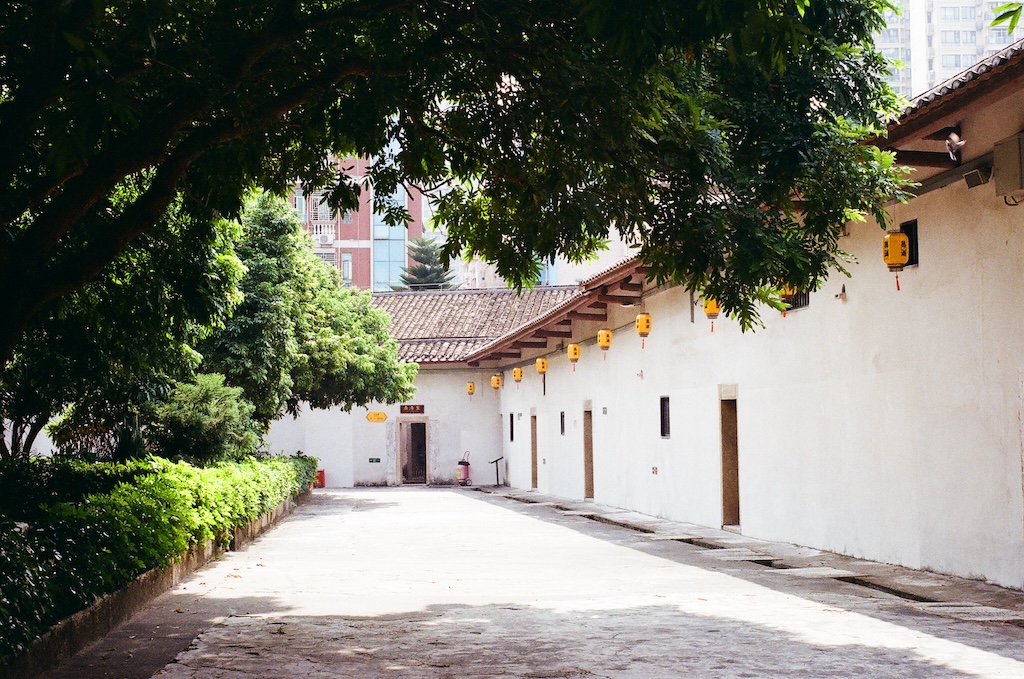
The Back Yard features a nicely landscaped garden space lined with old trees. There you will find the Old Well, as well as the Dragon Hall of the Outer Wall, which was a watch tower.
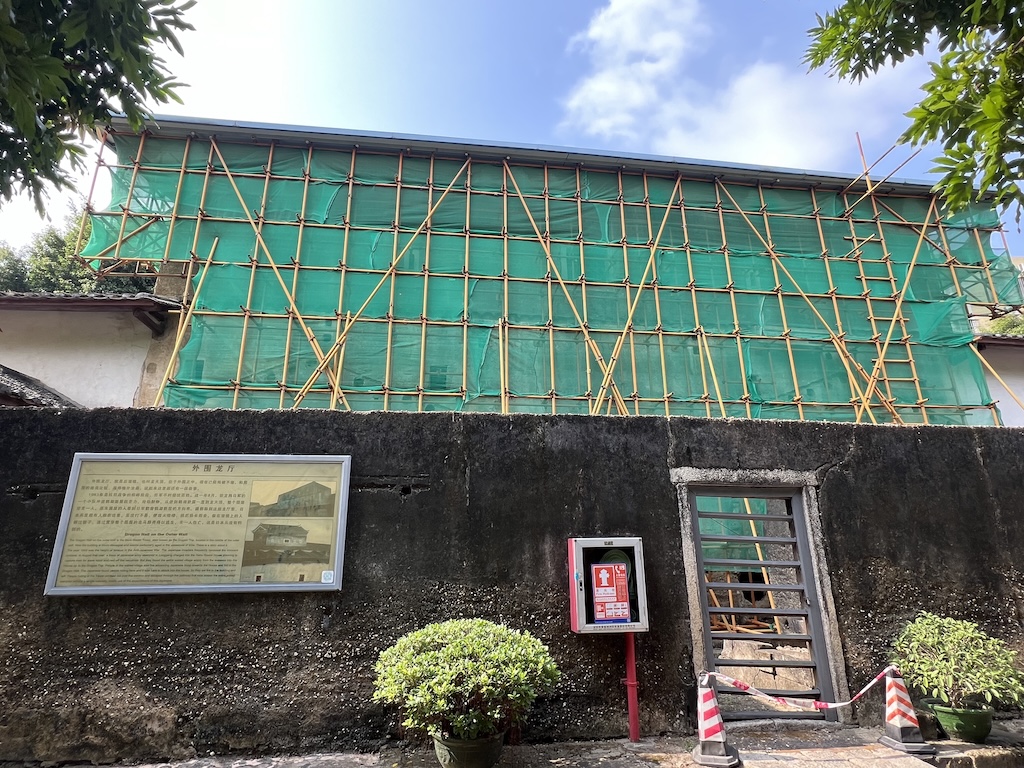
The Dragon Hall is completely dilapidated by now, but it came with a fascinating history during World War II, when the Japanese forces tried to annihilate the people of Hehu Xinju by burning it down. The villagers escaped unscathed due to the design of the Dragon Hall, which provided ample access for escape.
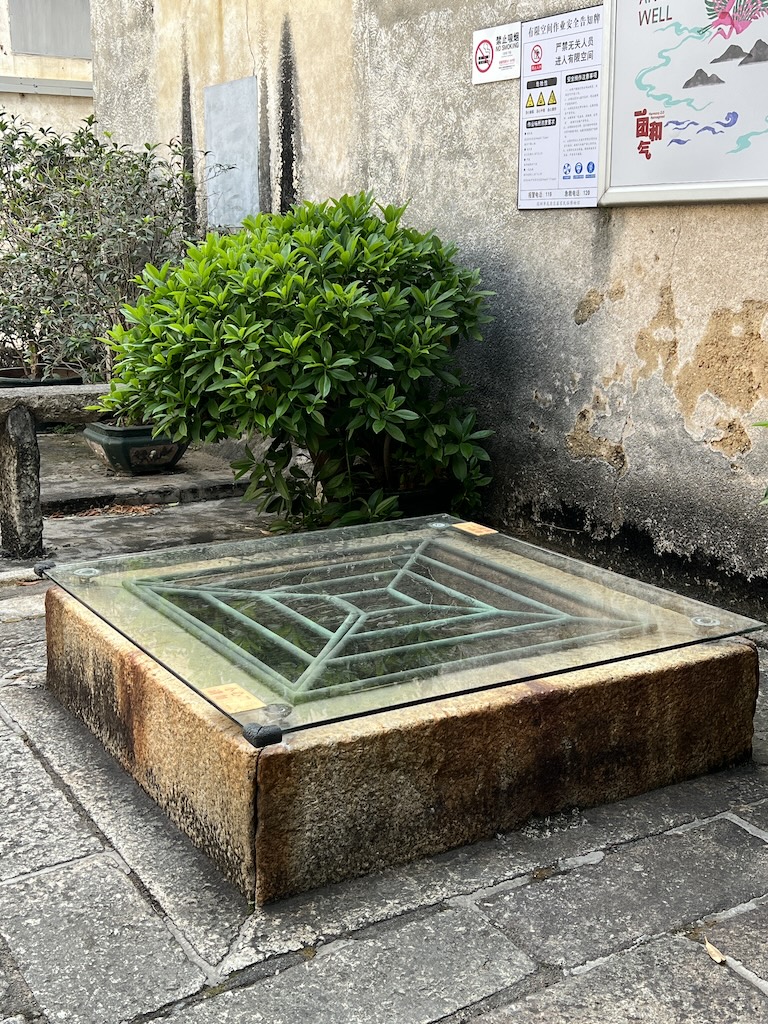
All touring at the museums is done on the ground level and there is no tourist access to the towers.
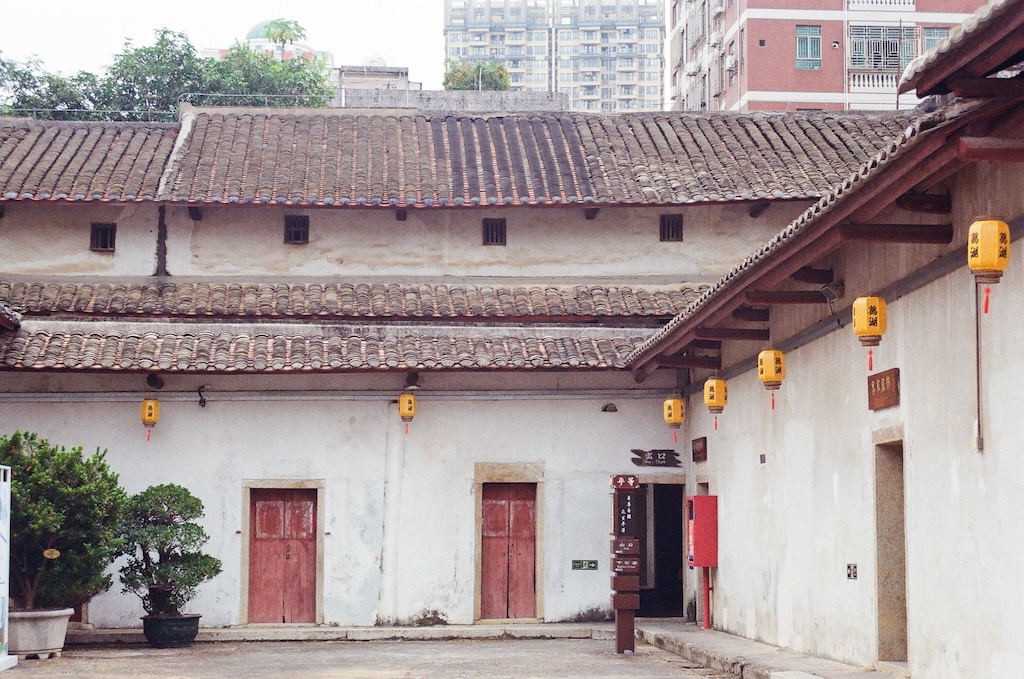
Sources
Descriptions on site at Hehu Xinju.
Baidu.com, Shenzhen Hakka Walled Villages (Chin).

